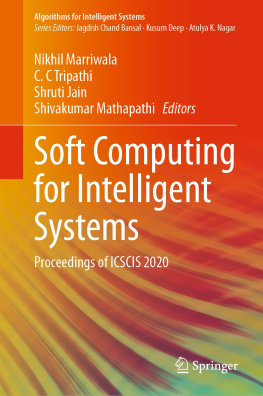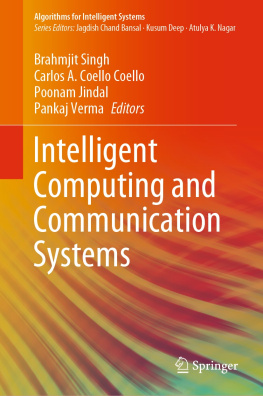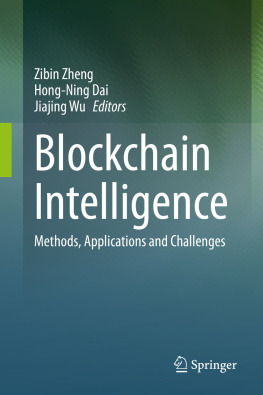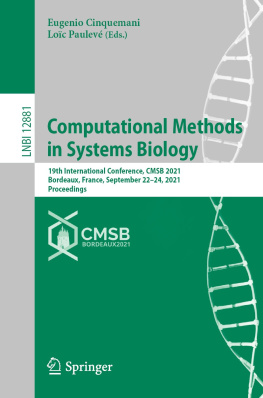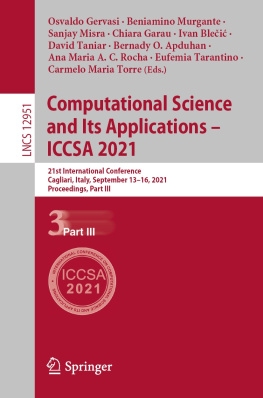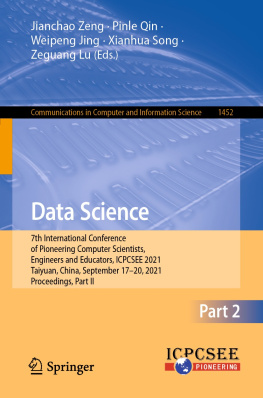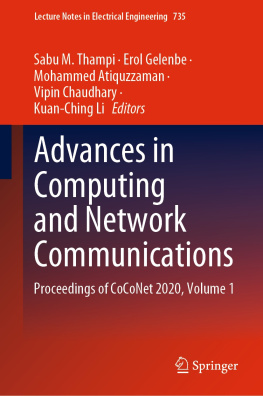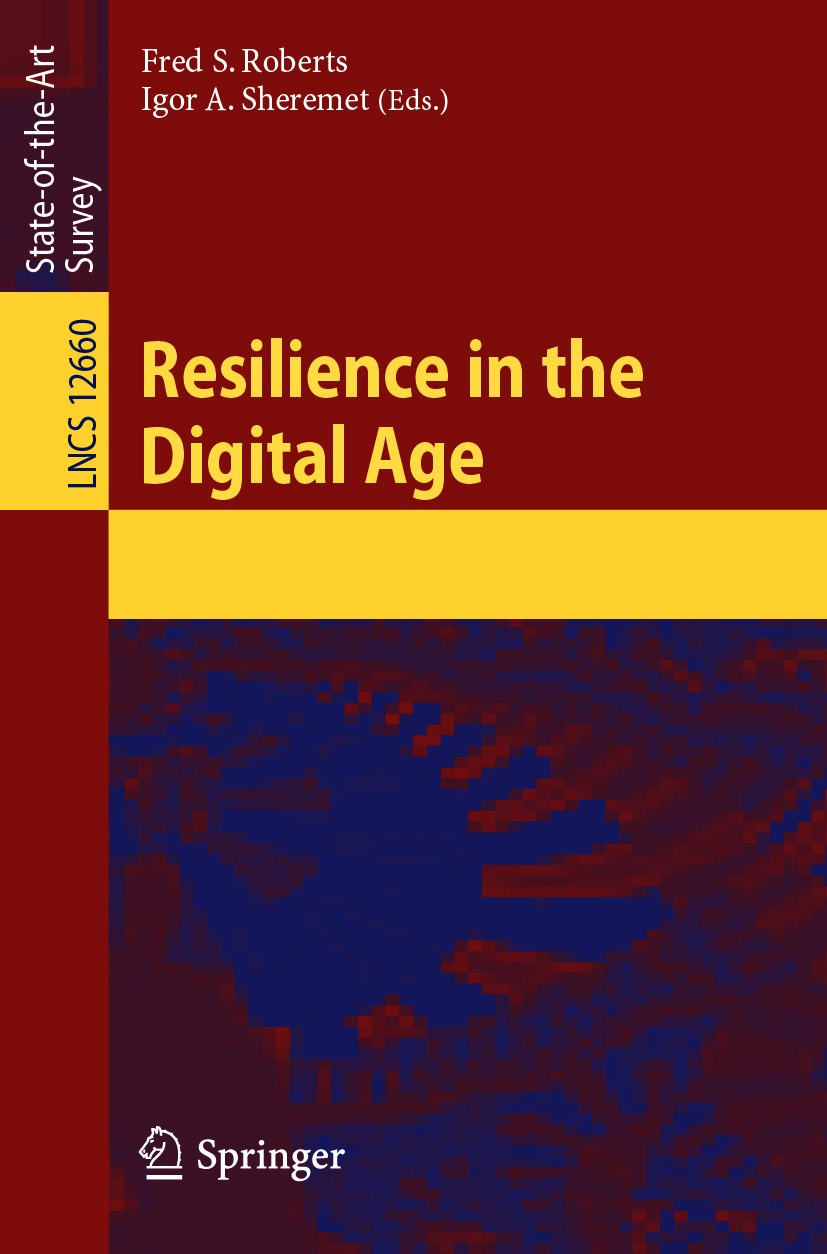Volume 12660
Lecture Notes in Computer Science Information Systems and Applications, incl. Internet/Web, and HCI
Editorial Board
Elisa Bertino
Purdue University, West Lafayette, IN, USA
Wen Gao
Peking University, Beijing, China
Bernhard Steffen
TU Dortmund University, Dortmund, Germany
Gerhard Woeginger
RWTH Aachen, Aachen, Germany
Moti Yung
Columbia University, New York, NY, USA
Founding Editors
Gerhard Goos
Karlsruhe Institute of Technology, Karlsruhe, Germany
Juris Hartmanis
Cornell University, Ithaca, NY, USA
More information about this subseries at http://www.springer.com/series/7409 The series Lecture Notes in Computer Science (LNCS), including its subseries Lecture Notes in Artificial Intelligence (LNAI) and Lecture Notes in Bioinformatics (LNBI), has established itself as a medium for the publication of new developments in computer science and information technology research and teaching.
The cornerstone of LNCS's editorial policy is its unwavering commitment to report the latest results from all areas of computer science and information technology research, development, and education. LNCS has always enjoyed close cooperation with the computer science R & D community, with numerous renowned academics, and with prestigious institutes and learned societies. Our mission is to serve this community by providing a most valuable publication service.
LNCS commenced publication in 1973 and quite rapidly attracted attention, not least because of its thus far unprecedented publication turnaround times. The 1980s and 1990s witnessed a substantial growth in the series, particularly in terms of volumes published. In the late 1990s we developed a systematic approach to providing LNCS in a full-text electronic version, in parallel to the printed books. Another new feature introduced in the late 1990s was the conceptualization of a couple of color-cover sublines. Still, original research results reported in proceedings and postproceedings remain the core of LNCS.
Editors
Fred S. Roberts and Igor A. Sheremet
Resilience in the Digital Age
1st ed. 2021

Logo of the publisher
Editors
Fred S. Roberts
DIMACS Center, Rutgers University, Piscataway, NJ, USA
Igor A. Sheremet
Russian Foundation for Basic Research, Moscow, Russia
ISSN 0302-9743 e-ISSN 1611-3349
Lecture Notes in Computer Science Information Systems and Applications, incl. Internet/Web, and HCI
ISBN 978-3-030-70369-1 e-ISBN 978-3-030-70370-7
https://doi.org/10.1007/978-3-030-70370-7
Springer Nature Switzerland AG 2021
This work is subject to copyright. All rights are reserved by the Publisher, whether the whole or part of the material is concerned, specifically the rights of translation, reprinting, reuse of illustrations, recitation, broadcasting, reproduction on microfilms or in any other physical way, and transmission or information storage and retrieval, electronic adaptation, computer software, or by similar or dissimilar methodology now known or hereafter developed.
The use of general descriptive names, registered names, trademarks, service marks, etc. in this publication does not imply, even in the absence of a specific statement, that such names are exempt from the relevant protective laws and regulations and therefore free for general use.
The publisher, the authors and the editors are safe to assume that the advice and information in this book are believed to be true and accurate at the date of publication. Neither the publisher nor the authors or the editors give a warranty, expressed or implied, with respect to the material contained herein or for any errors or omissions that may have been made. The publisher remains neutral with regard to jurisdictional claims in published maps and institutional affiliations.
This Springer imprint is published by the registered company Springer Nature Switzerland AG
The registered company address is: Gewerbestrasse 11, 6330 Cham, Switzerland
Foreword
We live in a more and more complex society, where science also reveals layer after layer of underlying complexity in physical and biological systems. Once we discovered this complexity we needed to deal with it, and this means that large volumes of data and the structural assistance of high-performance computers is now an intrinsic part of science, innovation and society as a whole. All of the major challenges, such as for instance formulated in the United Nations Sustainable Development Goals, will require complex, yet fast, research and development processes. The rapid development and roll out of COVID-19 vaccines is just one recent example of how advanced science and global collaboration are a day-to-day reality and how retractive nationalism is in essence ignoring the unavoidable reality of a global society. Digital Objects populating the Internet increasingly go way beyond the current Web of mostly narrative documents and comprise anything from single Unique Identifiers for concepts, to single, published assertions, to entire large data collections, as well as algorithms dealing with these vast amounts of data and information. This means that computers have become pivotal in the processing of data and need to be fully integrated in the research and innovation process.
This increasingly digital representation of reality should serve us by leading mankind to substantially improved and equally distributed quality of life and moving countries toward achieving the sustainable development goals established by the United Nations. By constructing, implementing, maintaining, and applying an Internet supporting an Internet-based global information infrastructure, we have already created, over the past 30 years or so, a new reality where billions of people and hundreds of billions of devices operate as a whole, interacting and cooperating with one another online. The vision of an Internet of FAIR data and services, as briefly described in [chapter 6] of this book, is in fact a realization of the vision recently expressed by George Strawn in his article [1]: The first generation [of the IT revolution] consisted of many independent computers. The second generation consists of one computer (the Internet network of computers) with many non-interoperable datasets [], the third generation will consist of one computer and one dataset. What is meant here is that data will increasingly stay where they are and will be visited for high performance analysis in situ. For this to happen, data and the algorithms and workflows encapsulated in virtual machines should find, access and re-use interoperable and machine actionable data.
However, the explosive growth of interconnectivity and complexity of digitalized sociotechnological systems also pose significant threats. One accidental or deliberate local malfunction of hardware or software may generate a flow of failures and damage, amplified by cascading effects and reaching objects and systems far beyond the place of the initial breakdown. The most dangerous threat is that consequences of such technological incidents may reach not only information objects and their storage, but transpose to physical space, producing cyberkinetic impacts on people, urban systems, and entire countries or regions. Similar issues arise with respect to complex linked natural and social systems at the center of changing climates, evolving urban environments, and questions about availability and equal access to food, water, and energy. The COVID-19 pandemic illustrates the interconnectedness of todays networks of trade, technology and medicine, and the importance of resilience of our infrastructure, supply chains, and human and social systems. That is why it is extremely necessary to support research efforts aimed at the development of better data stewardship, mathematical tools and models, providing assessment of resilience of the digitalized sociotechnological systems and their smart behavior, also under extreme and critical situations. Data science might help these systems to become more resilient, but only if a variety of challenges can be addressed. Examples of such challenges include the rapidly increasing need to re-use and combine data from numerous, distributed sources, the development of tools to address the explosion of alternatives available to policy makers, the need for algorithms to find anomalies in real-time in order to make instantaneous decisions to protect infrastructure, and the need to protect against the very vulnerabilities that the use of massive amounts of data introduce into sociotechnological systems.


